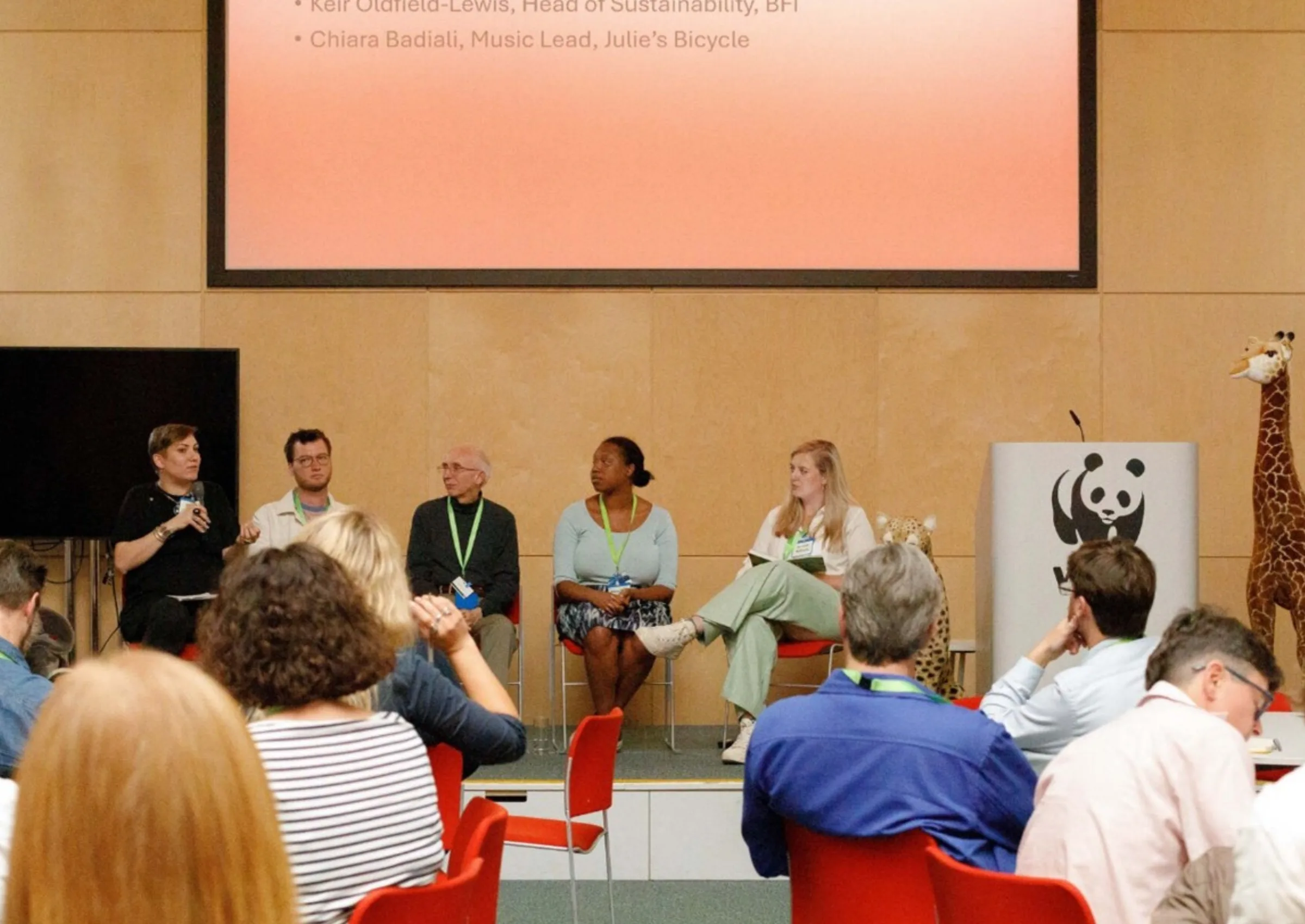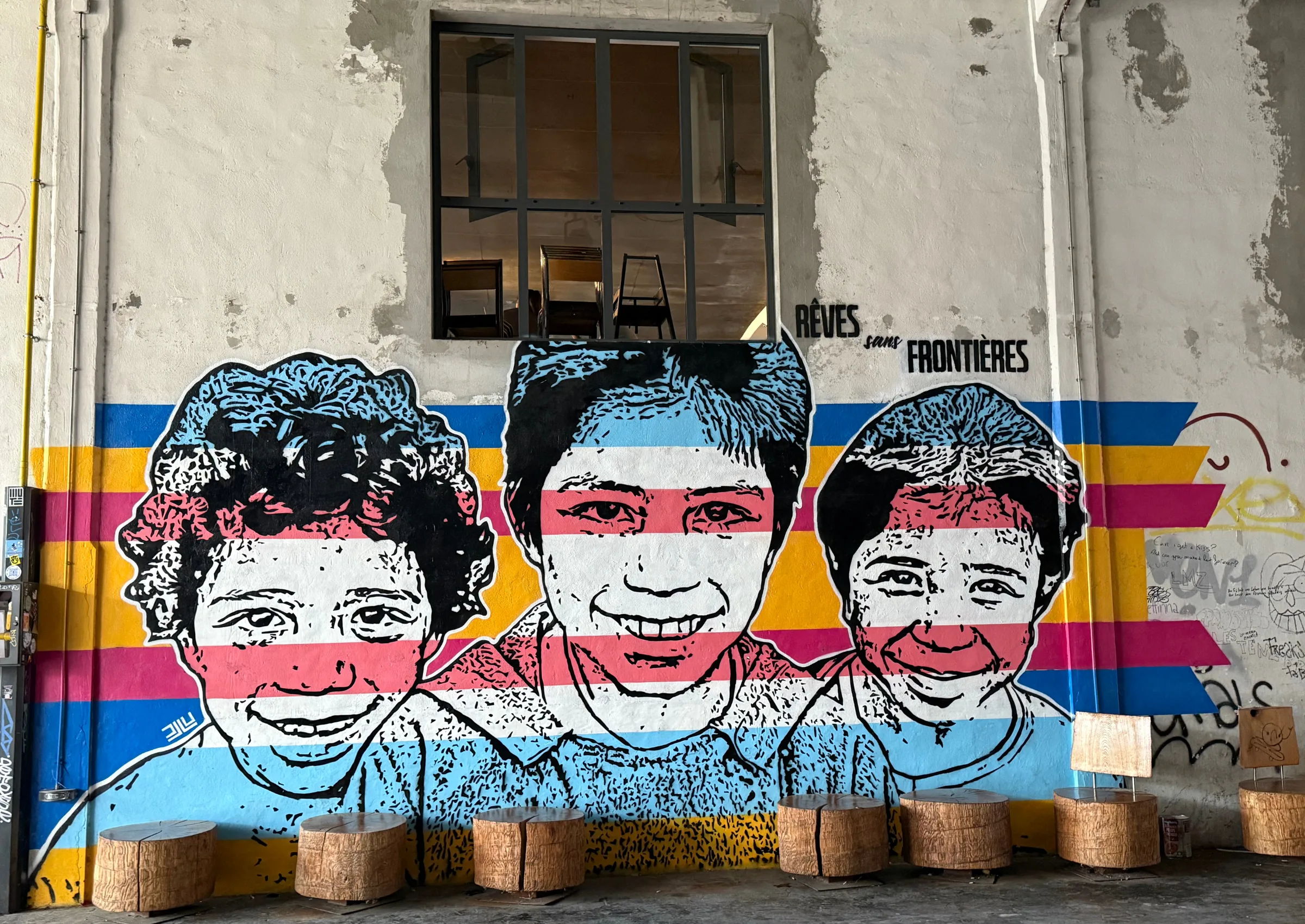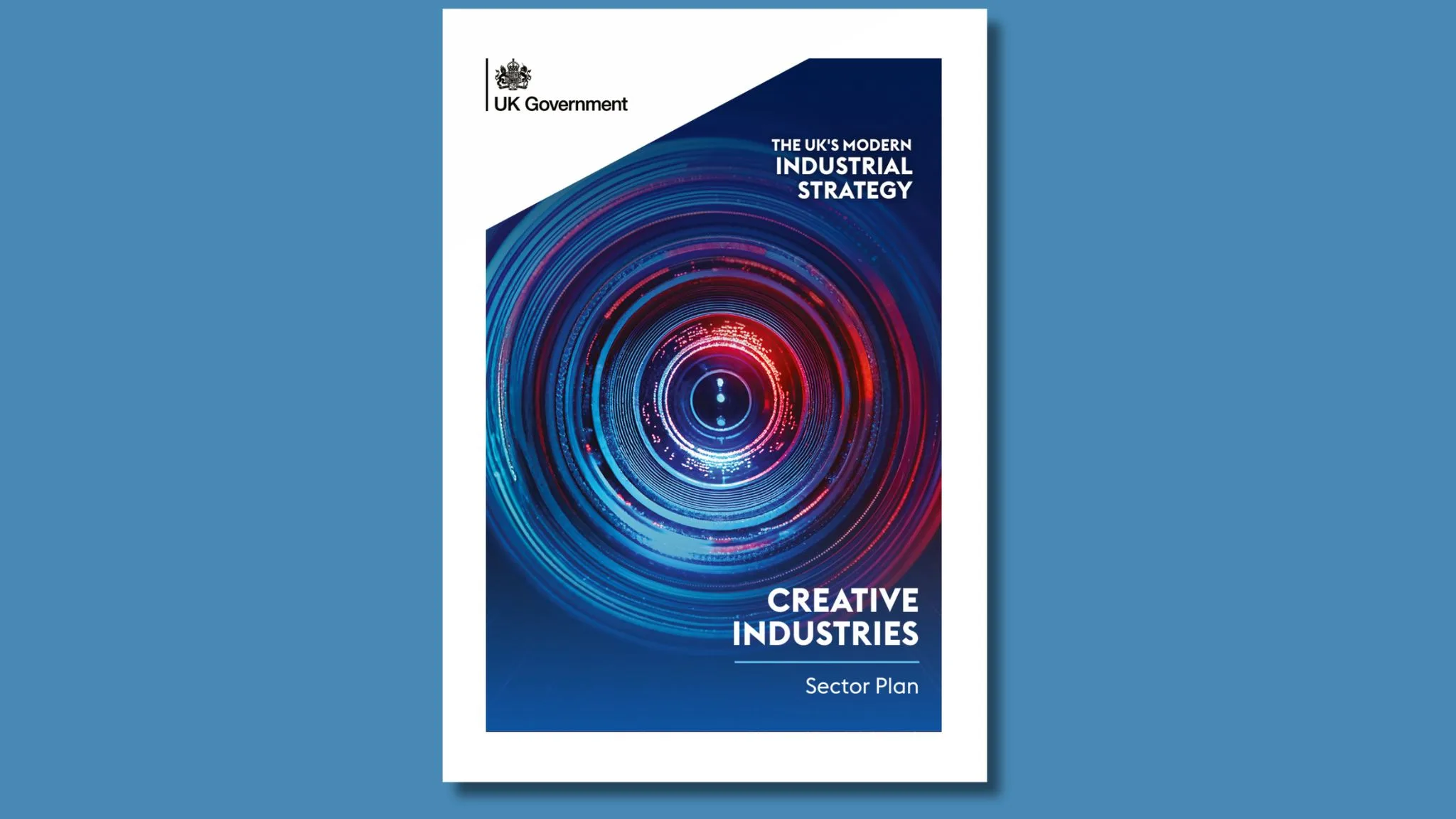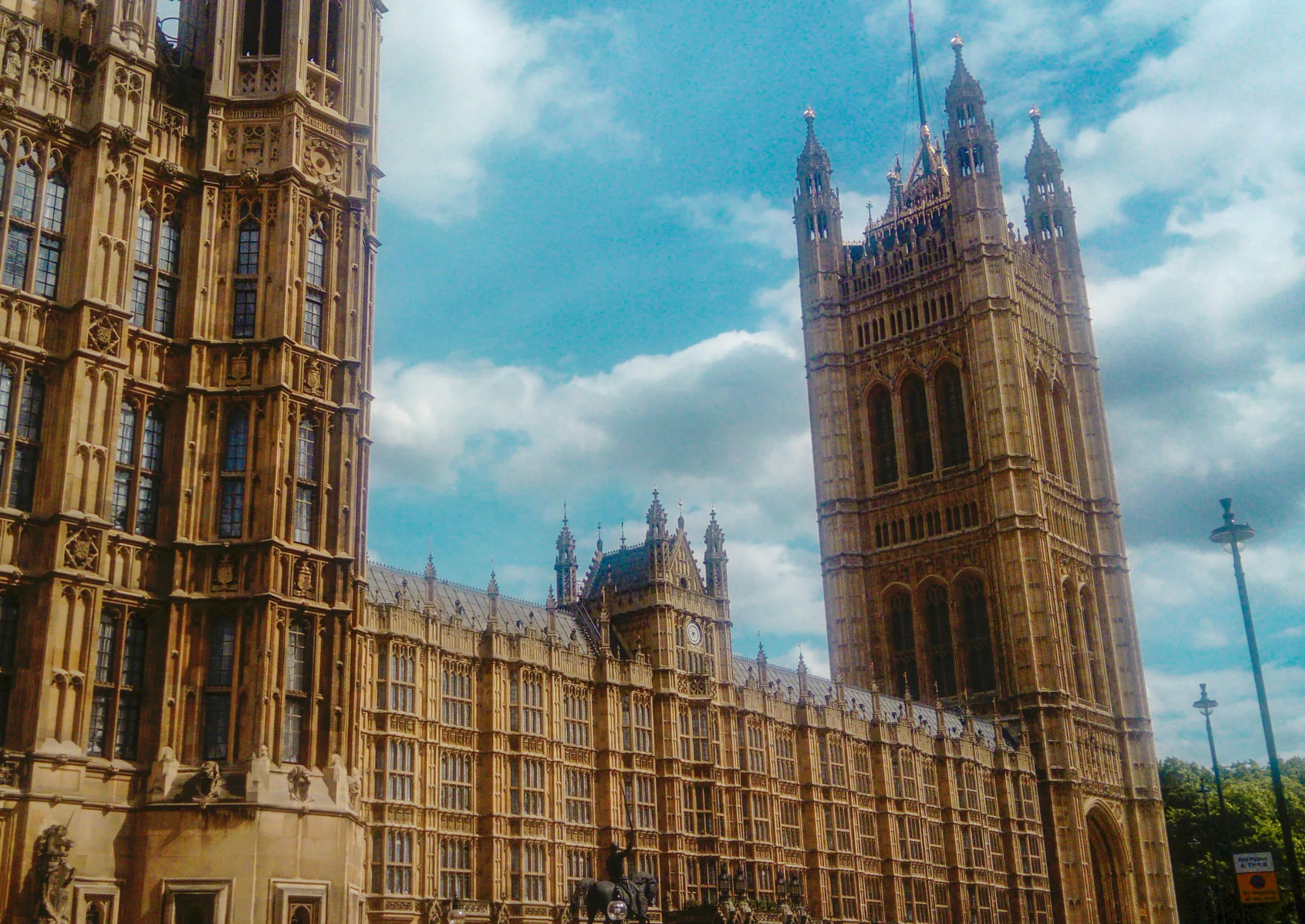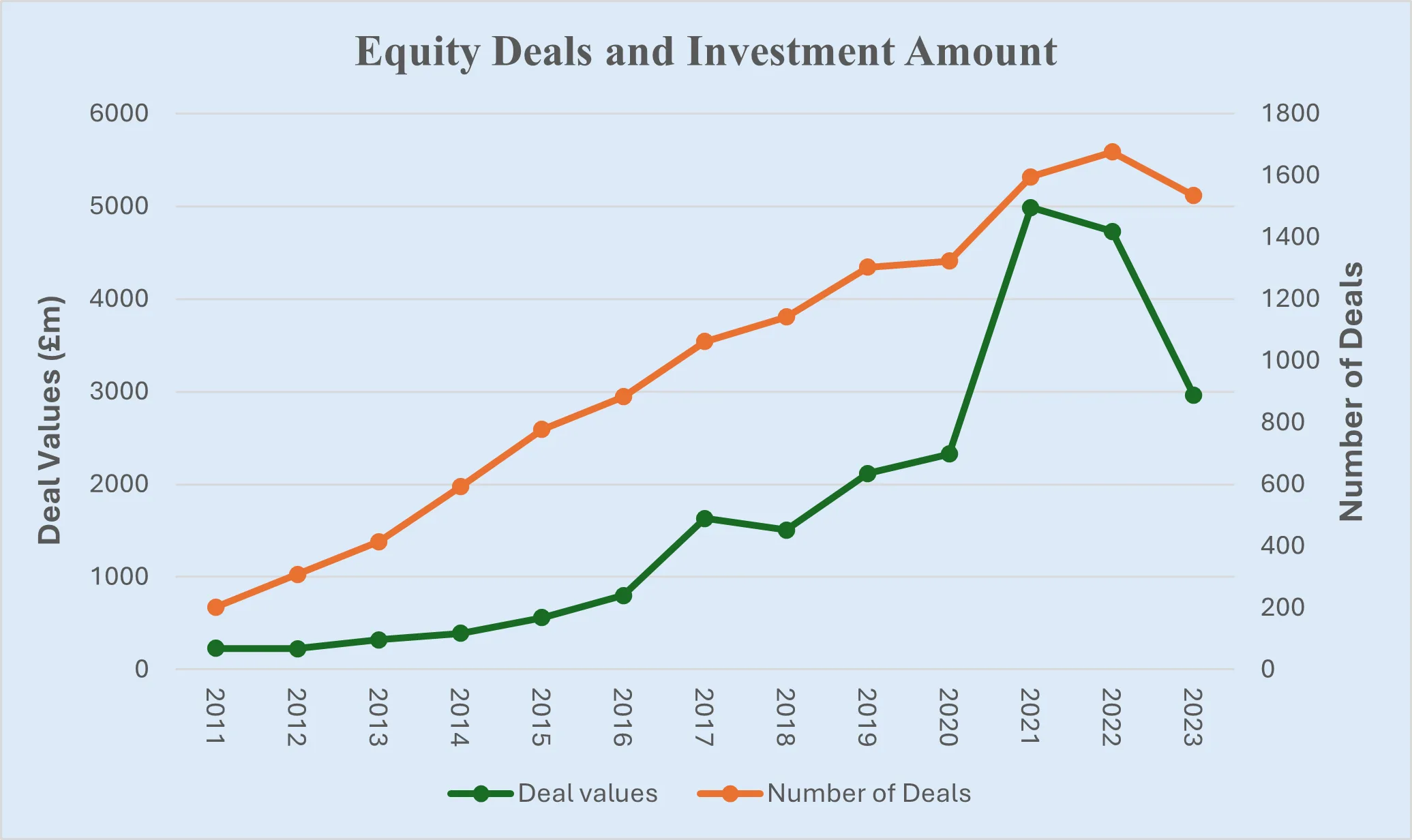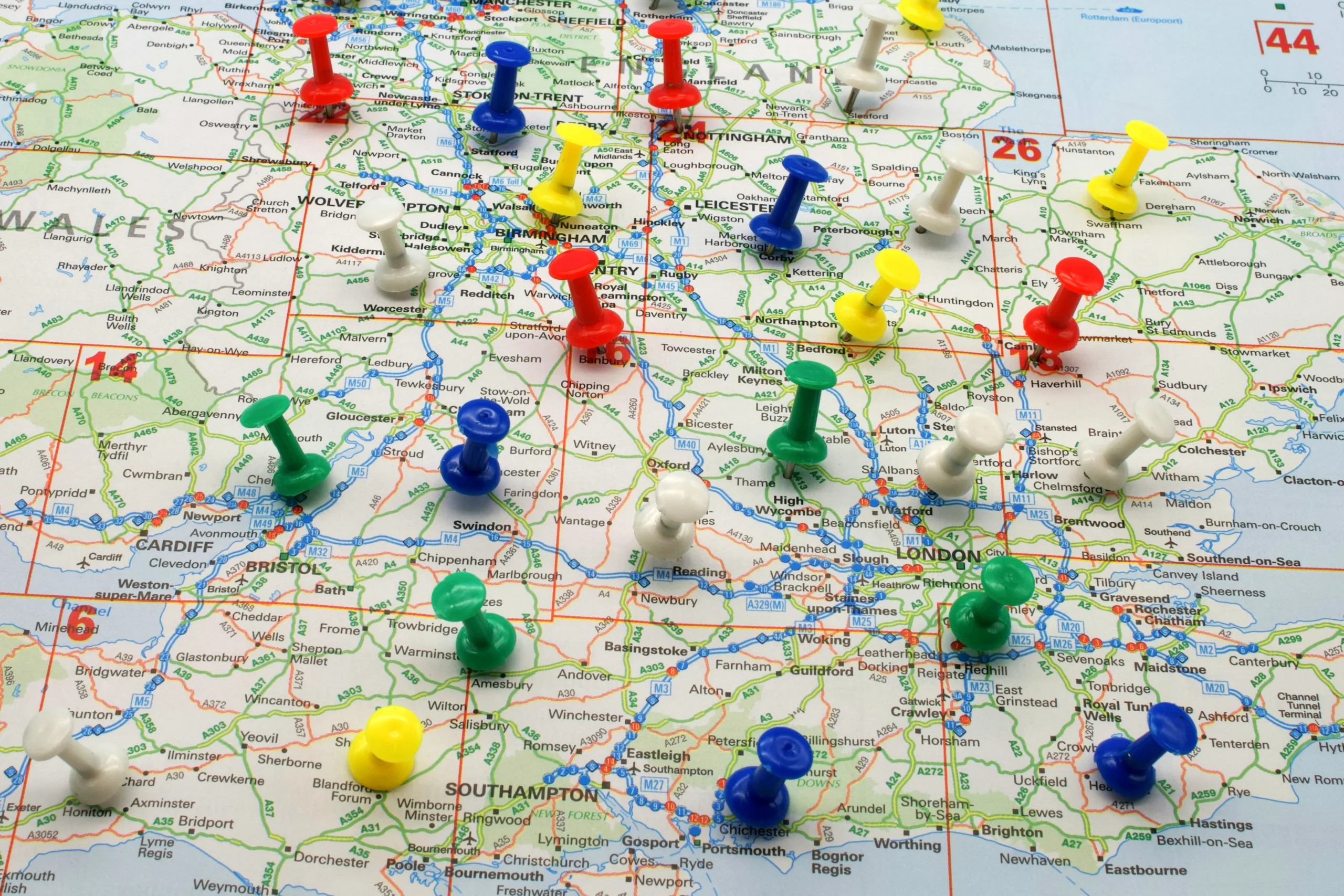The Covid-19 crisis has highlighted the lack of available data on the self-employed and freelance workforce, and this gap is particularly acute in the Creative Industries. Although well documented nationally this gap became apparent to us at a local level during mapping exercises carried out by the Creative Informatics project and the Clwstwr project, both part of the AHRC Creative Clusters programme.
We began to map the geographical spread and economic activities of the Creative Industries in the South East Scotland area and in Wales respectively in order to build a picture of our creative communities. However, it quickly became clear that there were substantial challenges in obtaining publicly available, complete and reliable data.
In this article we describe some of the issues that are creating barriers to full understanding of the Creative Industries workforce, especially the self-employed and freelancers, and we suggest some possible routes towards addressing this problem. This matters at both a local and national level for planning and providing appropriate support and allocation of resources.
According to theCreative Industries Federation, “issues raised by creative freelancers, including access to finance and workspace requirements, are (or are likely to become) issues for the workforce at large”. In the fallout of the Covid-19 pandemic the Self-Employment Income Support Scheme was launched, along with other funding to support creative freelancers, relying on accurate information in order to get funds to those who qualified.
Although the pandemic has highlighted the issue, this is not a new situation. Two decades ago DCMS attempted to measure the economic contribution of the Creative Industries to the UK economy, as reported in the Creative Industries Mapping Documents (2001). The reports recognised that the provision of robust data on these industries at both regional and sub-regional level was of utmost importance for informed policy making but that there were inconsistencies across the board. Since then, significant amounts of research have been undertaken and data collected for and by various industry stakeholders, including by Arts Council England, the British Council, the Crafts Council, DCMS, and Nesta.
Data sources
Official data on freelancers is collected by theOffice for National Statistics Labour Force Survey, which uses Standard Occupational Classification (SOC) codes. This survey uses a sampling approach and so does not produce a full list of data points, but instead picks up on generic trends, for example the increase in self-employment in the period from 2015 to 2020, and the sharp decline in self-employment in the aftermath of the Covid-19 lockdown in the first half of 2020. This is likely to have impacted the Creative Industries disproportionally as they comprise a greater number of smaller scale businesses, as noted in Nesta’s Creative Nation report, which states that over 94% of creative companies are micro businesses (fewer than 10 employees) which is 11% more than in the rest of the economy.
Through compulsory registration mechanisms, Companies House collects data on certain categories of businesses, however many types of smaller businesses and self-employed workers are not represented in this data. One further issue that complicates the collection of standardised data is that the term “freelance” can mean different things in different sub-sectors of the Creative Industries, where it can refer to workers who are either self-employed, or employed on a short term or temporary basis, or indeed both. In addition, a freelancer or “independent worker” may also set up a Limited Company.
SICs and SOCs
Two key standardised data classification systems used for describing economic activity in the UK are theStandard Industrial Classification (SIC) codes and the Standard Occupational Classification (SOC) codes. SIC codes are used by both Companies House and the Labour Force Survey to classify businesses by the type of economic activity in which they are engaged. SIC codes are mandatory for companies registered with Companies House; a SIC code has to be supplied at the time of formation and up to four codes can be selected. SIC codes are also collected by HMRC as part of the VAT registration process, although many small enterprises do not meet the VAT registration threshold that requires this. SIC code data relies on self-identification and, as far as we know, the selection of SIC codes is not checked for accuracy.
Our own research into the local Creative Industries context in the South East of Scotland suggests that there may be substantial inconsistencies and inaccuracies in the way that the SIC codes are applied. The SOC system, on the other hand, is used to classify the occupation or job activities of individuals rather than businesses and is used by the Office for National Statistics (ONS). This data is collected through the annual Labour Force Survey and is currently not sufficiently detailed to provide adequate data on the workforce in the Creative Industries.
| Companies | Unincorporated Businesses | |||
| + £250,000 turnover | Over £85,000 VAT threshold | Below £85,000 VAT threshold | ||
| SIC code collected | yes | yes | yes | no |
| Route of SIC code collection | Companies House | HMRC | HMRC | no |
Even if freelancers and small businesses are captured through HMRC, data through HMRC is not available for research. The critical issue, however, is that many creative businesses do not meet the thresholds (of VAT and/or turnover) to warrant being counted. We argue that this is a fundamental problem in the data collection system, which has repercussions as we noted above.
Plugging the Data Gap
While more comprehensive and standardised data collection could help to inform better policy and decision making for the creative sector, all methods of data collection have their own characteristics, and one single solution is unlikely to fill all the data holes. In addition, it must be acknowledged that data about creative workers is data about individuals, and therefore privacy sensitivities and ethical practices must be considered. We also acknowledge that any systemised data collection will place administrative burdens on the organisations who become responsible for doing so and could place additional administrative burden on individuals (freelancers) required to provide the information. However, we consider that the benefits could outweigh the burden. Pragmatically, a multi-layered approach is likely to be the most useful to improve the situation and, as a way to further the debate, we present three options to consider:
1. A reform of the current official UK data collection system through widening the SIC and SOC code collection system, based on the current model applied to businesses when registering with Companies House. It may be possible to collect these codes annually through HMRC when creative freelancers and self-employed workers file their tax returns and filing tax returns with HMRC. It would also need to be ensured that this data can be accessed by researchers and institutions (in an aggregated and privacy-secured way). However, this would further centralise data held on individuals by state institutions.
2. Many sectors within the Creative Industries are represented by membership and advocacy organisations that gather data about their communities. Supporting and resourcing these specialist and local grassroots organisations to standardise and ethically share the data that they collect could enable aggregation leading to more substantial datasets for analysis. This would potentially place a burden on these organisations but might conversely be a means of creating value for their data. This might support a more decentralised, localised data collection system (but may also have privacy implications if not carried out ethically).
3. Collaborative, collective and dynamic mapping activities could enable individuals and small businesses to self-identify in order to be visible within a larger data set and be recognised for their contributions to the creative economy. Again, this may have privacy issues, and as a voluntary activity would be unlikely to lead to a fully complete collection.
For more about the Clwstwr and Creative Informatics activities so far see:
The Clwstwr Creative Economy Atlas Cymru
The Creative Informatics mapping activities
Contact: Inge Panneels, i.panneels@napier.ac.uk
Photo by Ehimetalor Akhere Unuabona on Unsplash
The PEC’s blog provides a platform for independent, evidence-based views. All blogs are published to further debate, and may be polemical. The views expressed are solely those of the author(s) and do not necessarily represent views of the PEC or its partner organisations.
Related Blogs
Cultural Industries at the Crossroads of Tourism and Development in the Maldives
Eduardo Saravia explores the significant opportunities – and risks – of relying on tourism.
When Data Hurts: What the Arts Can Learn from the BLS Firing
Douglas Noonan and Joanna Woronkowicz discuss the dangers of dismissing or discarding data that does…
Rewriting the Logic: Designing Responsible AI for the Creative Sector
As AI reshapes how culture is made and shared, Ve Dewey asks: Who gets to create? Whose voices are e…
Reflections from Creative Industries 2025: The Road to Sustainability
How can the creative industries drive meaningful environmental sustainability?
Creating value: the creative economy beyond culture by Marta Foresti
Marta Foresti explains the value of international cooperation as she becomes Chair of the GCEC.
Taking stock of the Creative Industries Sector Plan
We summarise some of the key sector-wide announcements from the Creative Industries Sector Plan.
Conversations between the Global North and South
Unsettling and reordering the creative economy
Why higher education matters to the arts, culture and heritage sectors
Professor Dave O’Brien, Professor of Cultural and Creative Industries at University of Manches…
What does the 2025 Spending Review mean for the creative industries?
A read out from Creative PEC Bernard Hay and Emily Hopkins On Wednesday 11th June the UK Government …
Bridging the Imagination Deficit
The Equity Gap in Britain’s Creative Industries[1]. by Professor Nick Wilson The creative industries…
Why accredited qualifications matter in journalism
Journalism occupations are included on the DCMS’s list of Creative Occupations and, numbering around…
All Together Now?
Co-location of the Creative Industries with Other Industrial Strategy Priority Sectors Dr Josh Siepe…




